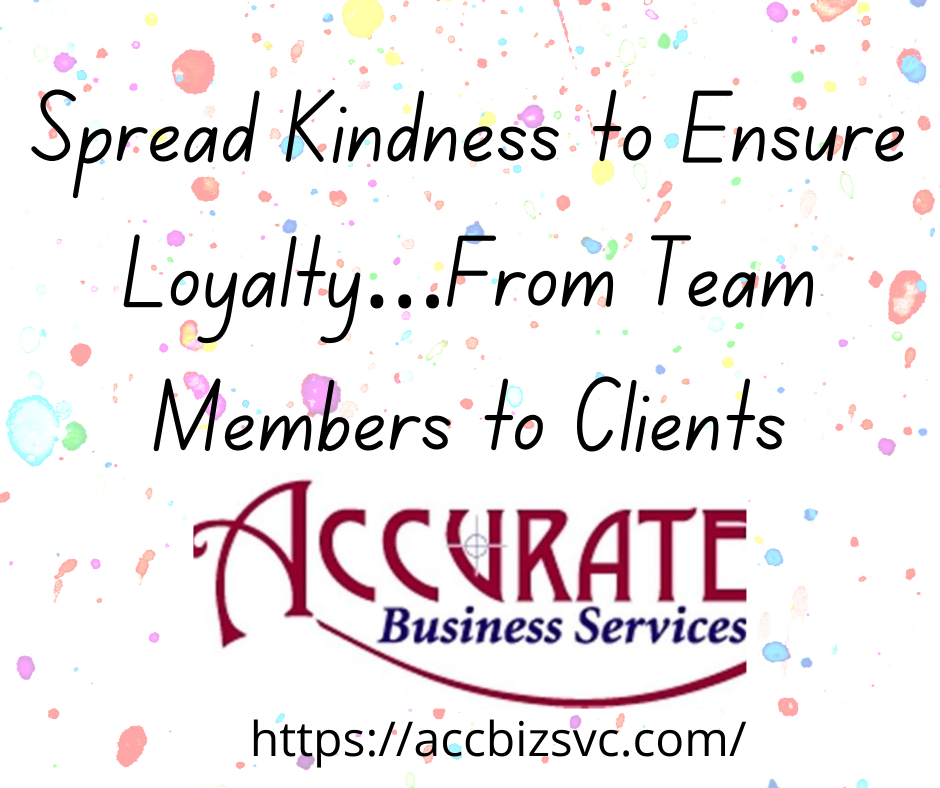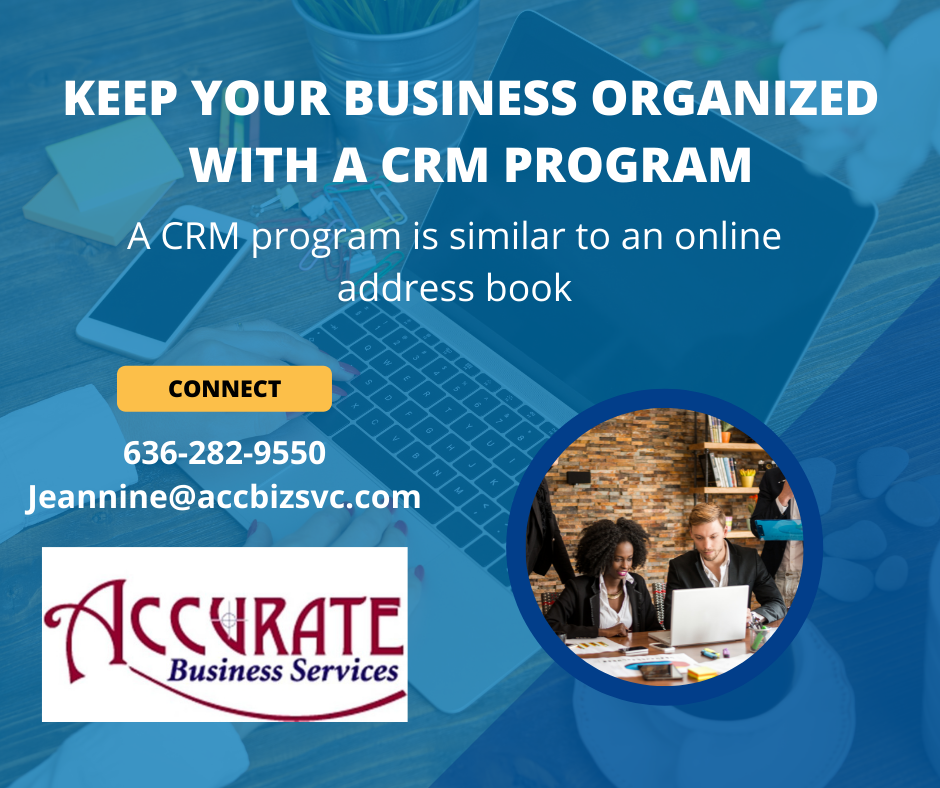If you’re a coach, you better be a good listener. You need to hear what your clients say; no daydreaming allowed. Yes, you need to have expertise to help them work through their problems or to improve their mindset, but you won’t know which advice to offer if you don’t listen carefully.

In today’s busy world, however, it’s very easy to get distracted, which doesn’t bode well when you’re trying to build trust with your clients. A distracted coach is one who doesn’t fully care about their clients and is only in this business to make money or to make a name for themselves.
Take an assessment of your listening skills today. Do you really listen to what your clients say? Do you have a firm grasp on what areas they need help? Have you ever tuned out while looking at your phone? Be honest with yourself.
Here are 5 ways you can become a better listener:
1. Keep eye contact. Meet in a webinar conference room or in a real physical location and focus on the person’s face because looking around aimlessly gives the impression that you’re not listening. If you’re taking notes while on a video call, tell them that so they don’t think you’re on your phone or dozing off when you look down.
2. Pretend that you’re going to repeat this conversation. This is a mind exercise because, obviously, your clients want their sessions kept confidential. However, thinking that you need to remember the most important parts of the conversation will help you stay focused. Use this as an aid for taking notes, too.
3. Turn off your phone. Or put it on silent mode and keep it in your purse or in a drawer away from your desk. The only time it should come out during a session is when you’re scheduling a follow up session and you check your calendar.
4. Ask open-ended questions. Coaching sessions are meant to be two-way conversations so instead of focusing on taking notes, pay attention to details and ask related questions. Don’t try to be a mind reader and don’t make assumptions. Simply ask questions and allow your client to elaborate.
5. Summarize the session. At the end of the session offer a summary, either verbally or via email. Also include the next steps your client should take before your next session. If they say anything during the session that is unclear or confusing, offer a summary immediately by saying, “I hear you saying…” and add in your version of what they said. They can correct any
misunderstanding right away while you show them that you’re paying attention to the little details.
If you’re doing all of these things, great! Your clients should feel good that you’re listening and actually hearing what they’re saying. If you admit that you’re not a great listener, there’s no time like the present to make that change and improve your trustworthiness.
Jeannine Grich, CVA, MVA, EthicsChecked™, provides marketing and social media support, training and consulting to busy entrepreneurs. For information about finding a VA, download her FREE 10-Step Guide to Finding the Right VA, or to learn why Social Media should be an important part of your marketing plan check out her FREE Report, Social Media Marketing Benefits, visit: https://accbizsvc.com/, or contact her at [email protected]Ready to find out how to take your business to the next level? Schedule a 30-minute complimentary session to discuss your marketing and website/social media presence, here!








